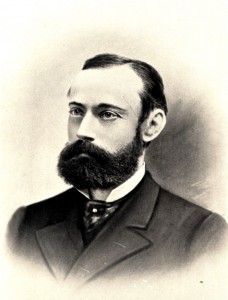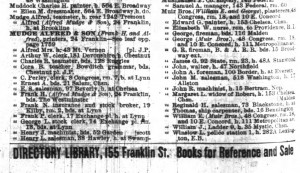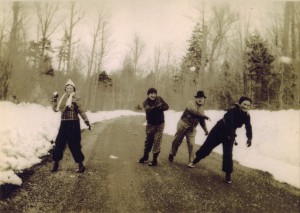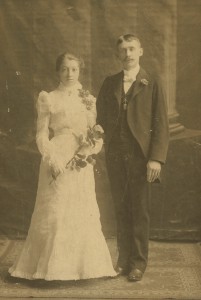[Editor’s note: This post originally appeared in Vita Brevis on 15 January 2014.]
 I cannot imagine the faith that John Leverett and his wives, Hannah Hudson and Sarah Sedgwick, must have had to cope with deaths of so many of their children. By his two wives, John was the father of eighteen children, eleven of whom died as infants or young children. Six of these children were given the name Sarah after their mother, and five of them died before the sixth survived. Three sons were named John, none of whom lived to grow up.
I cannot imagine the faith that John Leverett and his wives, Hannah Hudson and Sarah Sedgwick, must have had to cope with deaths of so many of their children. By his two wives, John was the father of eighteen children, eleven of whom died as infants or young children. Six of these children were given the name Sarah after their mother, and five of them died before the sixth survived. Three sons were named John, none of whom lived to grow up.
John Leverett kept meticulous records of the births and deaths of his children in his Bible, noting the time of day and sometimes the tide. The record of his seventeenth child, one of the Sarahs, states that she was born at “10 clock in the evening at Low water” on 30 June 1670, baptized on 3 July, and “departed 16 day july at 2 a clock afternoon, halfe flood.” Continue reading ICYMI: The disappearing Leveretts






